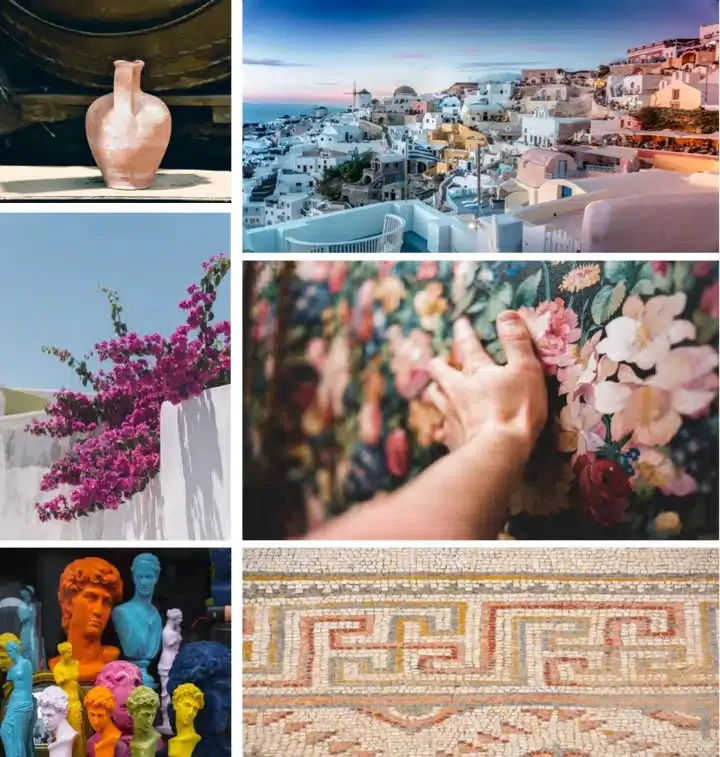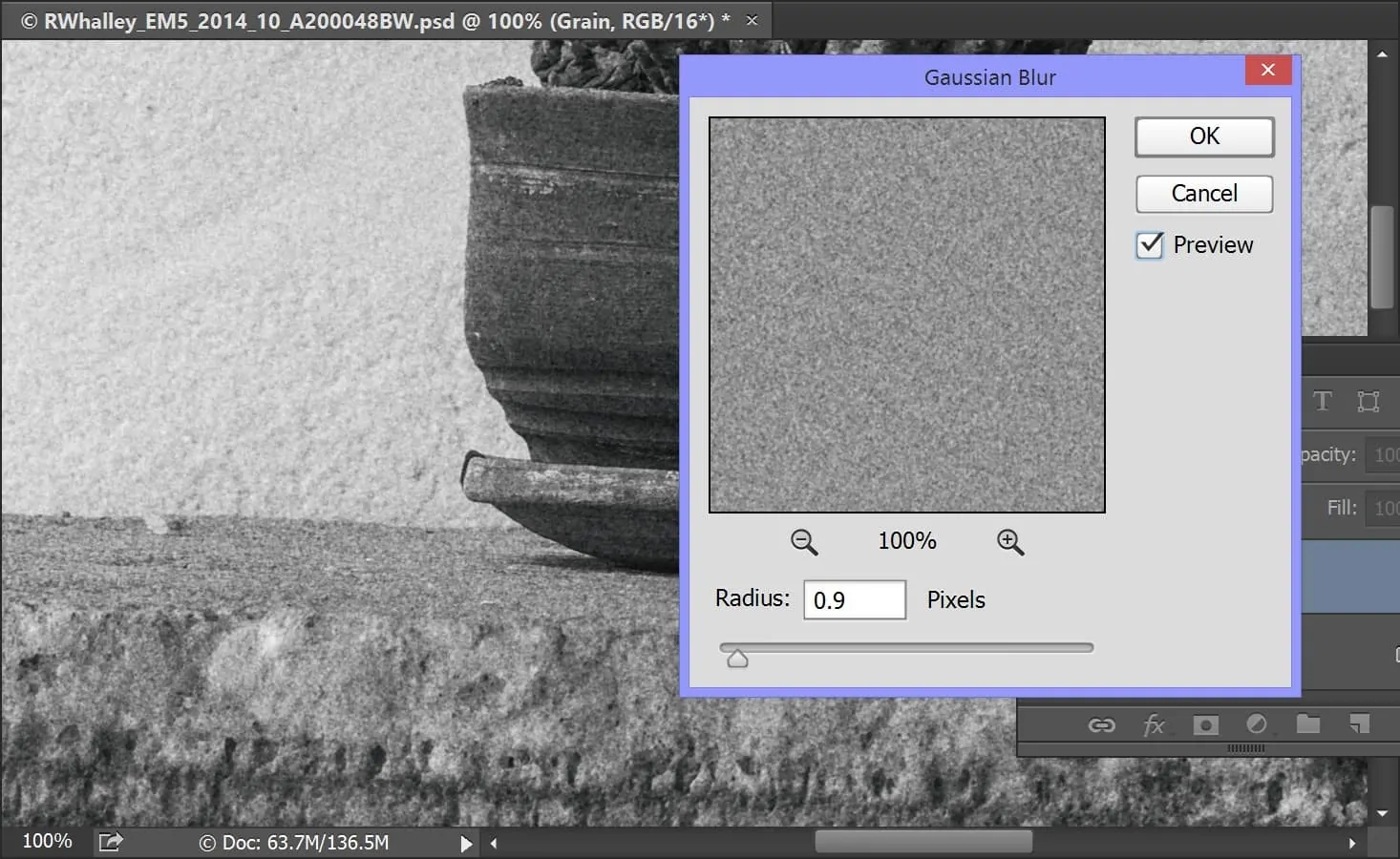
How To Add Hellenistic Elements Into An Image
The subject matter and aesthetic development of Hellenistic art are extraordinarily varied. It was made at a time when people had a deep sense of the past. The age of Alexander the Great’s conquests and the dissemination of Greek culture throughout the principal towns and nations of Southern Europe, the Mediterranean, and the Near East is known as the Hellenistic period in history and art. The majority of this era’s art movement was conveyed through sculpture, executed with greater dexterity than the classical sculptors’ works in anatomy, expressiveness, detail, and movement. The Hellenists made it their mission to demonstrate the supremacy of their culture and to instil the values of classical Greece in the countries they conquered. Hellenistic art as a whole demonstrates that period’s intellectual and cultural vibrancy as well as the breadth of Greek cultural influence. This blog will continue to address the digital ways of creating a Hellenistic art composition paying homage to ancient Hellenistic marvels.
Step 1: Explore Ancient Hellenistic Artworks And Assess The Specifications
Enlighten yourself with the defining components of Hellenistic art, which incorporates profoundly realistic depictions of human figures and feelings, energetic and sensational compositions, and detailed surfaces.
See specific illustrations of Hellenistic sculptures and works of art, like the Laocoön Group or the Winged Victory of Samothrace. Record their use of activity, passionate intensity, and realistic points of interest.
Assume the historical and social setting of the Hellenistic era, which affected the art’s accentuation on realism and sensational presentation.
Gather high-quality pictures of Hellenistic artworks to utilize as visual references amid your editing operation.
Observe the distribution of light and shadow, how surfaces are depicted, and the sorts of poses and expressions characteristic of that period.
Step 2: Make Initial Changes To Your Photograph
Load your photo in an advanced editing application considering options like Adobe Photoshop or GIMP, which offer thorough editing tools.
Assess your photo’s composition, lighting, and, in general, quality to recognize regions that can be improved or balanced to comply with Hellenistic art highlights.
As essential, crop the photo to focus on climactic components and straighten it to get a well-composed shot.
Change essential settings such as brightness, contrast, and exposure to improve the clarity and general build of the photo.
Utilize tools to remove any diversions or blemishes that might detract from the classical elegance you’re aiming to attain.
Keep a duplicate of the initial photo before making changes so you’ll be able to return it if required.
Step 3: Create Classical Textures To Mimic Hellenistic Style
Select textures that imitate classical surfaces like marble, stone, or bronze. You can get them online or create them in your editing app.
Acquire the chosen texture into your editing program and layer it over your photo. Utilize layer blending modes to blend the surface consistently.
Establish the texture’s opacity, scale, and position to ensure it upgrades instead of dominating the photo’s unique details.
Utilize layer masks to specifically apply the surface to particular regions, mixing it easily with the photo’s basic components. That strategy helps accomplish a more natural appearance.
You can, optionally, apply other filters or impacts, like including grain or adjusting contrast, to upgrade the texture’s authenticity.
Audit the texture integration to guarantee it adapts to the Hellenistic aesthetic and make alterations as required.
Step 4: Elevate Shadows And Highlights
Look at the lighting in your photo and recognize its direction and intensity. Hellenistic art frequently highlights emotional lighting that highlights shapes and textures.
Utilize editing tools to extend the contrast between highlights and shadows. This makes a more energetic effect, comparable to the emotional lighting in Hellenistic sculptures.
As vital, include artificial light or adjust existing ones to imitate the enthusiastic, directional lighting seen in classical artworks. This can be done utilizing dodge and burn tools or by making new light layers.
Alter the shadows to include depth and authenticity. Ensure they are delicate and natural in appearance, upgrading the 3D aspect of the photo.
Utilize gradient tools or adjustment layers to blend lighting effects easily, guaranteeing they comply with the widespread composition without drastic moves.
Step 5: Add Classical Components Into Your Composition
Coordinate classical components like shrub wreaths, draped textures, or antiquated architectural segments. That can be included as isolated layers and balanced to blend actually along with your photo.
Consolidate patterns and themes found in Hellenistic art, like geometric plans or floral designs. Lay these designs into backgrounds or as overlays.
If appropriate, include sculptural components in your photo. You can choose digital brushes or surface overlays to recreate the impression of carved gravel or bronze.
Look into including a background that highlights classical design, like columns, arches, or ruins. That can install your photo within a Hellenistic setting.
Alter the colour palette of your photo to harmonize the earthy, quiet tones frequently seen in classical compositions. Utilize colour balance adjustments or photo filters to attain this effect.
Step 6: Adjust The Posees Of The Subject Reflecting Hellenistic Figures
Analyze the poses and expressions in your photo, assuming how they can be balanced to reflect the energetic and definitive qualities of Hellenistic art.
Operate transformation tools to unobtrusively adapt body positions and facial expressions to become more emotional and demonstrative.
Upgrade postures to propose development and vitality, comparative to the energetic positions seen in Hellenistic sculptures.
Adjust facial expressions to communicate intense feelings of despair, triumph, or meditation, reflecting the passionate profundity found in Hellenistic pieces.
Get references from classical sculptures and depictions to see how poses and expressions are induced. Alter your photo’s components to imitate these creative manners.
Check that any modifications to postures and expressions look normal and reliable with the overall elegance of the photo, upgrading its arrangement with Hellenistic art markers.
Step 7: Use Filters To Create A Vintage Look
Appoint filters that mimic classical art impacts or surfaces that mirror marble or stone or matured look for the photo. You can consider options like sepia or vignette that lead to a vintage look.
Set the intensity and blend the filters so they enrich instead of dominate the photo. Revise opacity, contrast, and saturation for an adjusted effect.
You can utilize aesthetic effects like including a subtle grain or artistic brushstrokes that include depth or surface; this way, you imitate the material quality of classical art materials.
If utilizing different filters or effects, play with layer blending modes to reach to a cohesive look that combines well with the photo.
Utilize masking procedures to tune the edges of connected effects, guaranteeing they mingle smoothly with the primary photo.
Finally, review the overall effect of the filters and effects, make any necessary final tweaks, and move to the final step to save your concluded composition in a suitable format and resolution.
Step 8: The Final Touch Ups
Audit the complete composition and examine how the added textures, lighting, classical fragments and effects coordinate together. Be certain they make a cohesive representation of the Hellenistic style.
Use the Zoom tool to assess the details better. Rectify any ranges where the mixing of textures, lighting, or included components might appear unnatural or excessively blunt.
Return to the colour balance to guarantee the tones are consistent throughout the image, coordinating the earthy, quiet palette frequently seen in Hellenistic art. Change hues, saturation, and brightness as required.
Confirm that any changes or modifications to postures and components keep up natural proportions, guaranteeing the overall composition looks realistic and balanced.
See your image from diverse viewpoints or distances to guarantee it holds up both near and from a far distance.
After you are elated with the final image, save the ultimate form in high resolution, guaranteeing all edits are protected in a format appropriate for your expected usage.
Conclusion
In summary, the art of the Hellenistic era is significant for history because it provides insights into the time’s politics, society, and daily life. Hellenistic art has played an important role in the history of global aesthetics and will continue to do so due to its magnificence, historical significance, and cultural importance. The mingling of cultures and the combination of aesthetics is a recognition of the unrestricted exchange of ideas and inventiveness and a reflection of the cultural diversity of the time. There is no negating the influence Hellenistic art had on later periods, including the one we live in.











